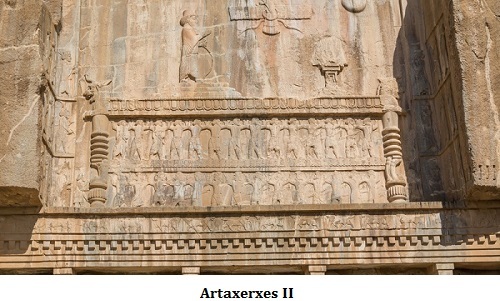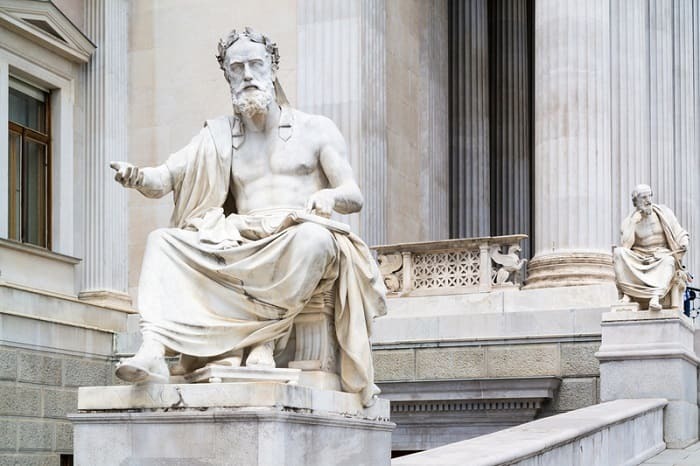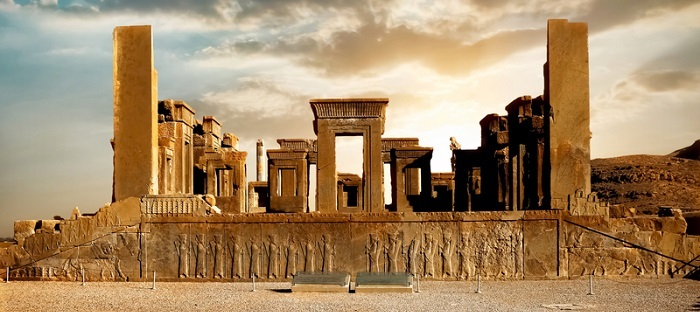

Artaxerxes II, also known as Artaxerxes the Great, was one of the most powerful and influential kings of the ancient Persian Empire. During his reign from 404 BC to 358 BC, he  expanded the empire's territory through military campaigns, solidified its power through political alliances, and left a lasting impact on Persian history. One of Artaxerxes II's most significant accomplishments was his role in rebuilding the empire after a period of instability and civil war.
expanded the empire's territory through military campaigns, solidified its power through political alliances, and left a lasting impact on Persian history. One of Artaxerxes II's most significant accomplishments was his role in rebuilding the empire after a period of instability and civil war.
His name, Artaxerxes, is derived from the Old Persian words “Arta” meaning “truth” and “Xerxes” meaning “ruler” or “king”. This name was a common one among the kings of the Achaemenid dynasty, and it was used to show their legitimacy and divine right to rule.
He was also known as “the Great” because of his military conquests and political achievements. The name Artaxerxes II is a combination of these two words, and it carries a significant meaning. It implies that he was the ruler who upheld truth and justice, and was chosen by the gods to rule the empire.
One of the most well-known sources for information about his reign is the Anabasis, a true story written by Xenophon one of the participants of the expedition of Cyrus the Younger to claim the Persian throne, which provides a detailed account of the events of the expedition and Artaxerxes II's role in it.
Ancient historians such as Ctesias, Herodotus, and Diodorus Siculus have also written about Artaxerxes II and his reign. The ancient Persian sources have a different approach to portraying the king, they have a more positive view of the king, and his rule. They see him as a strong and just ruler who expanded the empire's territory and restored order and stability.

Xenophon
Description-Xenophon wrote Anabasis
He was born around 450 BCE and grew up in the Persian court, where he was educated in the ways of government and warfare. He was appointed as the Crown Prince, and he was groomed to be the next king. He was known for his military skills, and he also had a good relationship with his mother Parysatis, who was known for her political influence in the court. He inherited the throne from his father in 404 BC and ruled for 45 years.
He inherited the throne from his father Darius II and was able to restore order and stability to the empire after a period of instability and civil war. He is best known for his military campaigns against Greece, Egypt, and the city-state of Sparta, which expanded the empire's territory and solidified its power. He also formed political alliances with other nations, including the kingdoms of Lydia and Armenia, which further strengthened the empire.

Persepolis
Description-The ceremonial capital of the Achaemenid Empire
One of the most notable building projects under his rule was the construction of the palace at Persepolis, which was a grand palace complex that served as the ceremonial capital of the Persian Empire. He also built several other palaces, including the palace at Susa, which was known for its ornate decorations and luxurious gardens. Artaxerxes II also ordered the reconstruction of the city of Babylon, which had been destroyed by Xerxes I. The rebuilding of the city included the reconstruction of the ziggurat and the temple of Marduk.
He had a tolerant attitude towards various religions. He allowed different religious practices within the empire, and he did not force the population to follow the state religion. Likewise, he was known to have supported the restoration of temples, and he also had a strong relationship with the high priests of the major deities in the empire. Furthermore, he also supported the Zoroastrian religion, which was the dominant religion in the empire at the time, but he did not impose it on the subjects of the empire. His religious policies helped to maintain the religious diversity in the empire, and it allowed different religious communities to coexist in relative harmony.
He is remembered for his military conquests, which expanded the empire's territory, and his political achievements which solidified its power. He was also a patron of the arts and sciences, and his reign saw a resurgence in literature, philosophy, and architecture. He was also known for his relatively tolerant attitude towards religion, which helped to maintain religious diversity in the empire. His legacy is still remembered as one of the greatest kings of the Persian Empire, a ruler who upheld truth and justice and expanded the empire's power and prestige.
The Jewish high priest Johanan is mentioned in the Elephantine papyri and Ezra, which supports the chronological sequence of events and places it during the rule of Artaxerxes II. Additionally, alternative names such as Oarses and Arsicas for Artaxerxes II are recorded by Plutarch, and these names derive from the Persian name Khshayarsha, which is the same as the name Ahasuerus. This identification is also supported by other historical sources such as Pseudo-Hecataeus, Berossus, Al-Tabari, and Masudi, and the 13th-century Syriac historian Bar-Hebraeus.
He had numerous wives. To be precise, sources suggest that he had more than 350 wives and about 115 sons. His main wife was poisoned by his mother, Parysatis in 400 BC.
He expanded the empire's territory through military campaigns, solidified its power through political alliances, and left a lasting impact on Persian history. He was a patron of the arts and sciences, and his reign saw a resurgence in literature, philosophy, and architecture. Despite the challenges he faced, he was able to maintain the stability and prosperity of the empire during his long reign.
Q1. What issues did Artaxerxes II face during his reign?
Ans. Artaxerxes II faced several issues during his reign, including rebellions and revolts by his subjects, invasions by the Greek city-states, and the ambition of his family members and courtiers.
Q2. How did Artaxerxes II solidify the Persian Empire's power?
Ans. He solidified the Empire’s power through political alliances with other nations, such as the kingdoms of Lydia and Armenia.
Q3. What was the significance of the palace at Persepolis?
Ans. It was a grand palace complex that served as the ceremonial capital of the Persian Empire. It was known for its ornate decorations and grandeur.